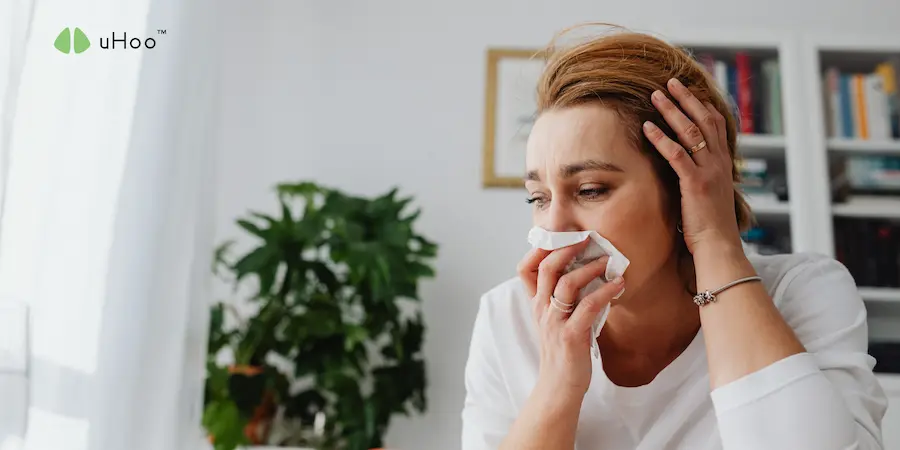Feeling a bit sniffly or itchy even when you’re cooped up indoors? You’re not alone! Our homes, while cozy, can sometimes be sneaky havens for allergens and pollutants that mess with our breathing and overall comfort. But don’t worry, a few simple steps can help in reducing allergies. Let’s clear the air, shall we?
- Let the Fresh Air In (When You Can!)
This might seem obvious, but sometimes we forget! Opening windows and doors for even 10-15 minutes a day can help in reducing allergies by flushing out stale air and bringing in some fresh oxygen. If you live in a city with high outdoor pollution or during peak allergy seasons, choose your timing wisely – early mornings or late evenings are often best.
- Be a Dust Bunny’s Worst Nightmare
Dust, pet dander, pollen – they all love to settle on surfaces. Regular cleaning is your superpower to reducing allergies here. Aim to dust with a damp cloth (to trap particles instead of just spreading them around) and vacuum at least once or twice a week. Don’t forget those often-missed spots like ceiling fan blades, blinds, and even the tops of doorframes!
- Change Those Filters!
Your HVAC system and air purifiers have filters for a reason – they catch all sorts of airborne gunk. But they can’t do their job of reducing allergies if they’re clogged! Check your furnace filter every month and change it every 1-3 months, depending on your usage and if you have pets. The same goes for any air purifiers you might be using.
- Control That Humidity
Dust mites and mold absolutely thrive in humid environments. Ideally, you want to keep your indoor humidity levels between 30% and 50%. A dehumidifier can be a lifesaver in damp climates or during rainy seasons. On the flip side, if your air is too dry, a humidifier might help with dry skin and irritated airways, but be careful not to overdo it.
- Consider Indoor Plants (But Choose Wisely!)
Some plants are actually pretty good at filtering out toxins from the air and reducing allergies. Think snake plants, peace lilies, or spider plants. Just be mindful of any plant allergies you might have, and remember that some plants can hold onto mold spores in their soil if overwatered.
- Keep Pets Tidy (and Off the Bed!)
We love our furry friends, but their dander can be a major allergy trigger. Regular grooming and bathing can help reduce shedding. Also, try to keep pets out of bedrooms, especially if you have allergies, to create an allergen-free zone where you sleep.
- Invest in an Air Quality Monitor (Like uHoo!)
This is where things get really smart! You can’t fix what you don’t know is broken. An air quality monitor, like the uHoo, gives you real-time insights into what’s actually floating around in your home’s air.
It tracks things like particulate matter, volatile organic compounds (VOCs), temperature, humidity, and more. Knowing exactly what’s affecting your air quality allows you to take targeted action in reducing allergies – maybe you realize your humidity is too high, or there’s a spike in VOCs after you clean. It empowers you to be proactive about your indoor environment!
By making a few of these simple changes, you’ll be well on your way to breathing easier, reducing allergies, and enjoying a healthier, more comfortable home. Here’s to cleaner air!



